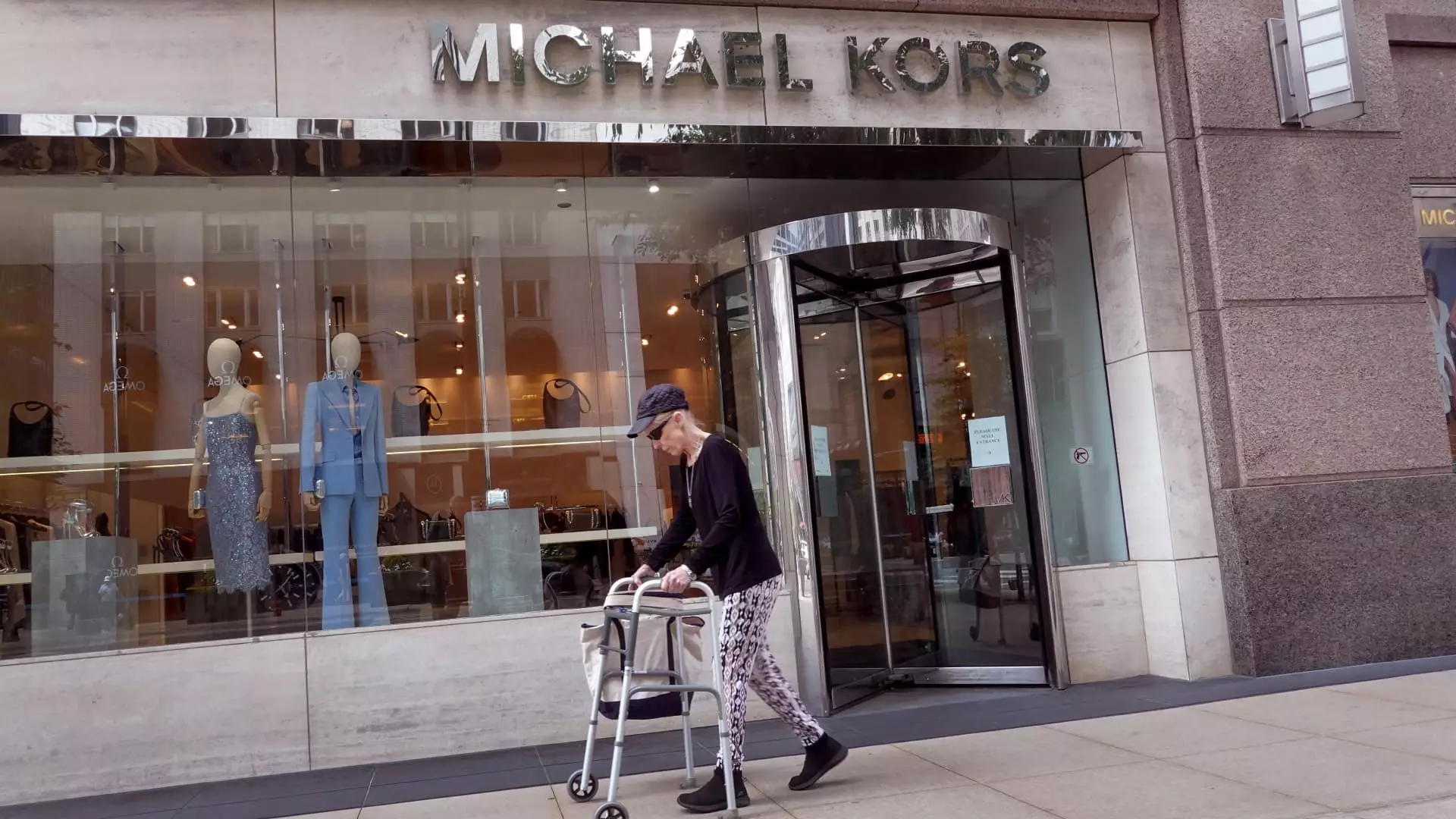In a significant turn of events within the luxury fashion sector, Capri Holdings and Tapestry, two prominent U.S.-based luxury brands, have mutually agreed to terminate their $8.5 billion merger. The decision came on Thursday, following a successful lawsuit from the Federal Trade Commission (FTC) aimed at blocking the proposed deal. Originally announced in August 2023, the merger intended to create a powerhouse that combined Tapestry’s Coach, Kate Spade, and Stuart Weitzman with Capri’s Versace, Jimmy Choo, and Michael Kors under one umbrella. However, recent regulatory challenges and market dynamics have led both companies to reconsider their future.
The FTC’s intervention was not without merit. The commission raised concerns that the merger could create disadvantages for consumers and lead to a decline in employee benefits at both companies. In April, a federal judge granted a preliminary injunction to block the merger, solidifying the FTC’s position. This ruling prompted Tapestry to declare plans to appeal, but as time passed, the reality of a protracted regulatory battle became increasingly apparent. As the expiration date of the merger agreement loomed in February, both companies decided to call it quits, signaling a pivotal moment in the luxury market.
The strategic pivot comes at a time when Tapestry, led by CEO Joanne Crevoiserat, is fortified by a resilient business model. In its recent release, Tapestry expressed its commitment to growth independent of the Capri acquisition, emphasizing that the company has alternative routes for expansion. The decision to allow the merger to dissolve also frees up Tapestry’s resources to fund a $2 billion stock repurchase initiative—a move that reflects confidence in its organic business growth.
The immediate financial implications of this decision have been noticeable. Following the initial ruling against the merger, Capri experienced a staggering 50% drop in share value while Tapestry’s stock enjoyed a 10% uptick. As Thursday’s trading commenced, Tapestry shares surged by an additional 6%, signaling investor optimism about the company’s standalone capabilities. In contrast, Capri’s stock trajectory continues to falter, dropping around the same percentage as Tapestry’s gains.
Analysts on Wall Street had begun questioning the feasibility of the merger, suggesting that Tapestry risked overpaying based on declining trends in Capri’s business performance. With increased scrutiny from investors, the momentum appears to favor Tapestry, which is now positioned to leverage its cash for shareholder returns rather than sinking it into an uncertain acquisition.
Despite the setback, Capri’s leadership remains optimistic about the future. Capri CEO John Idol articulated a commitment to exploring fresh avenues for growth. In the wake of the merger’s collapse, Capri plans to convene with analysts, focusing on revitalizing brand desirability and sales, particularly for the heavyweight brand Michael Kors, which has struggled to maintain its stature in the luxury market.
Idol outlines a vision that integrates exciting communication and compelling products, along with an enhanced omni-channel consumer experience. The expectation is to inject new life into Capri’s brands, aiming for a revitalization that resonates with consumers and elevates overall performance. The emphasis now is on independent strategic initiatives that reinforce Capri’s market presence without the backing of Tapestry.
The dissolution of the merger between Capri and Tapestry marks a significant moment in the luxury landscape, reflecting the complexities of corporate acquisitions in a highly regulated environment. While both companies are charting their paths independently, the competitive dynamics are evolving, prompting each to concentrate on sustaining growth and innovation.
As Tapestry repurposes its focus toward organic growth and shareholder value, Capri seeks to reclaim its footing among luxury brands, indicating that the consequences of this decision could echo throughout the industry. The luxury sector is set to undergo a transformation, with both players now tasked with harnessing their unique strengths to thrive in an increasingly competitive marketplace.

